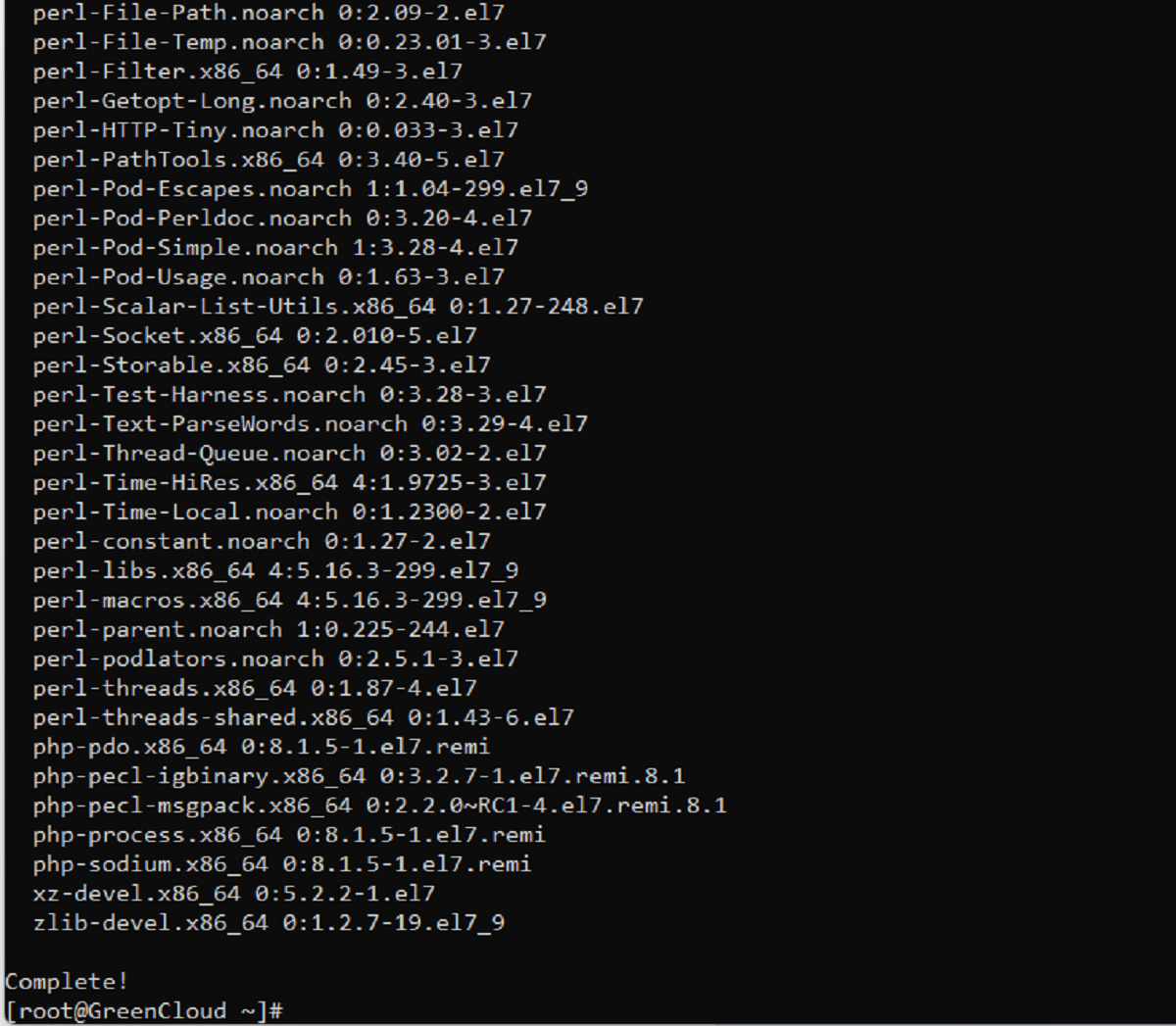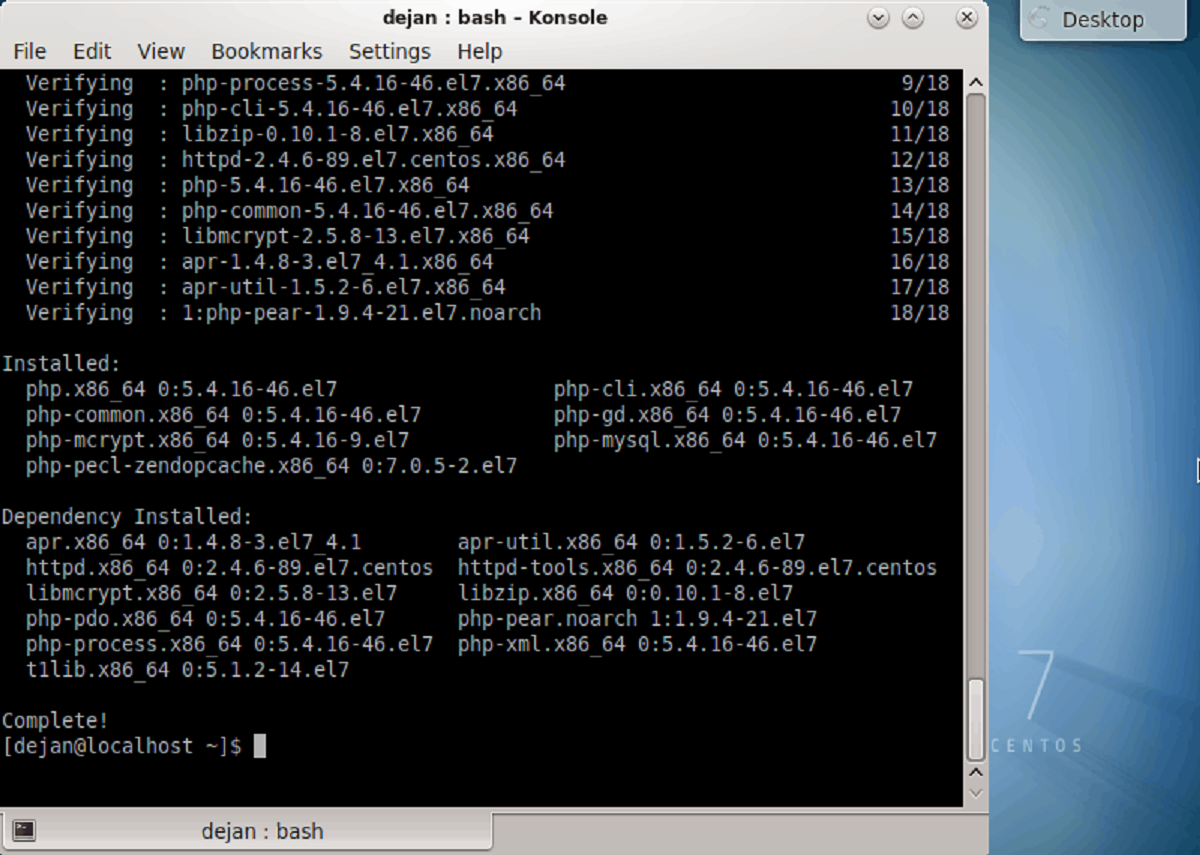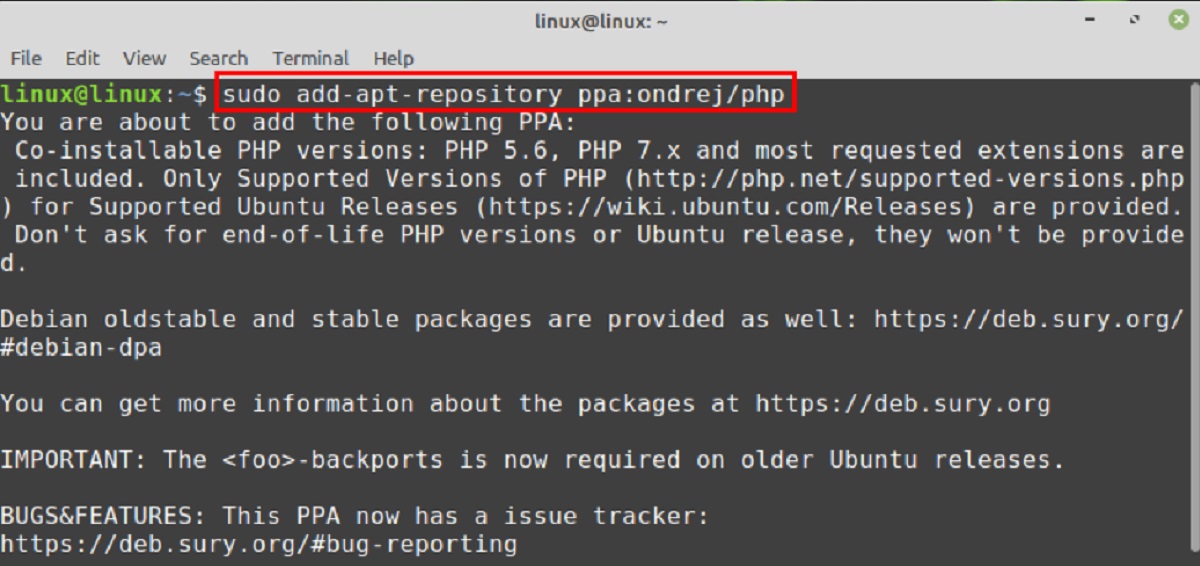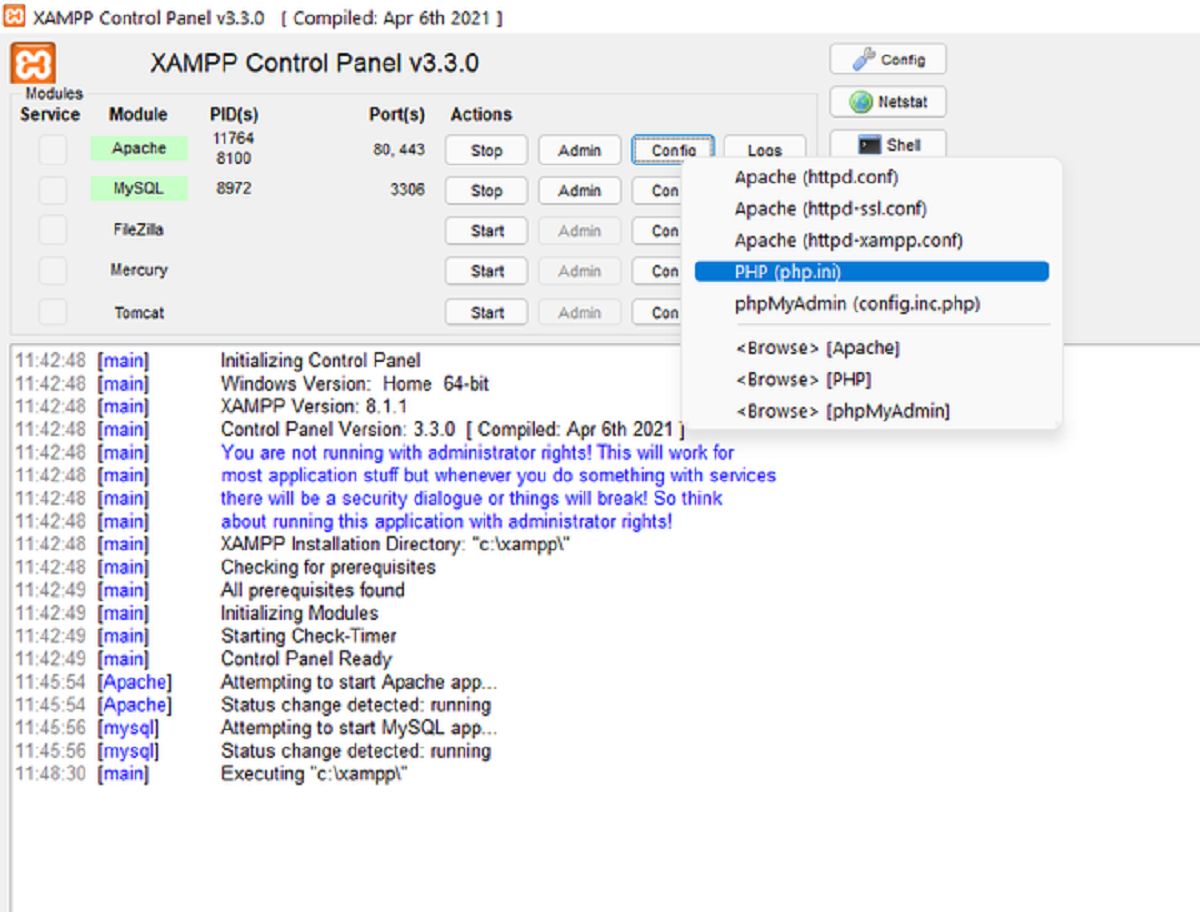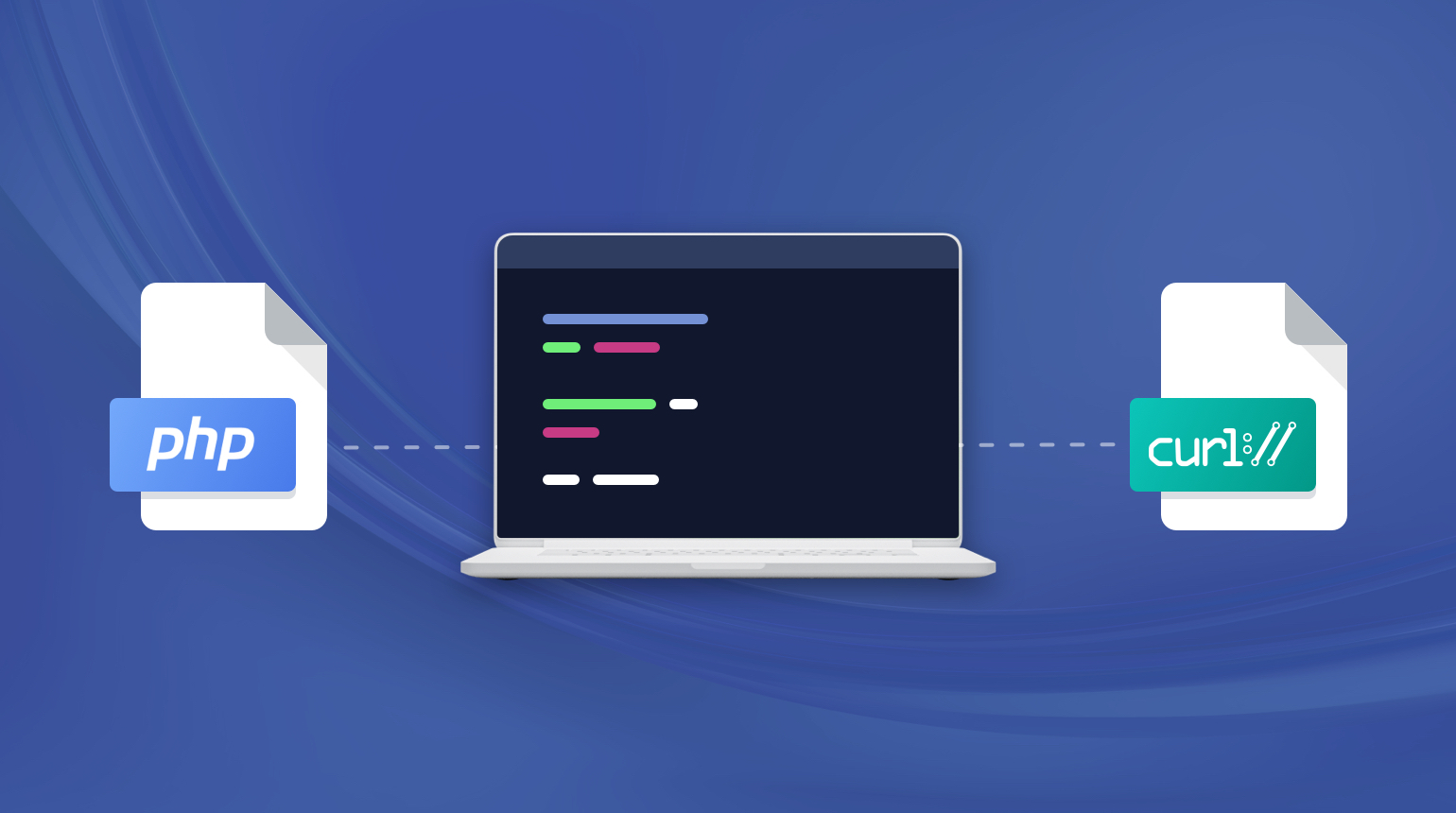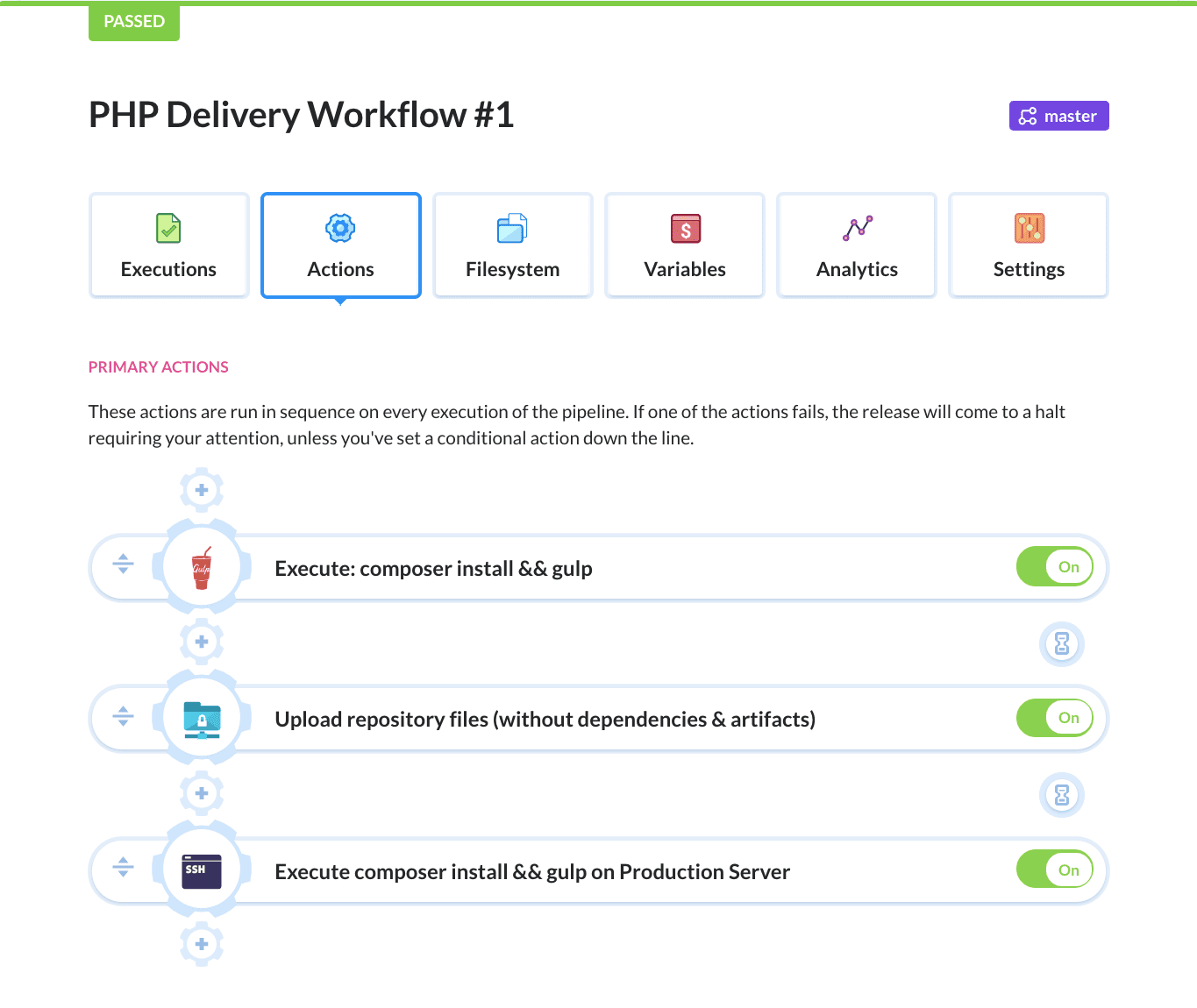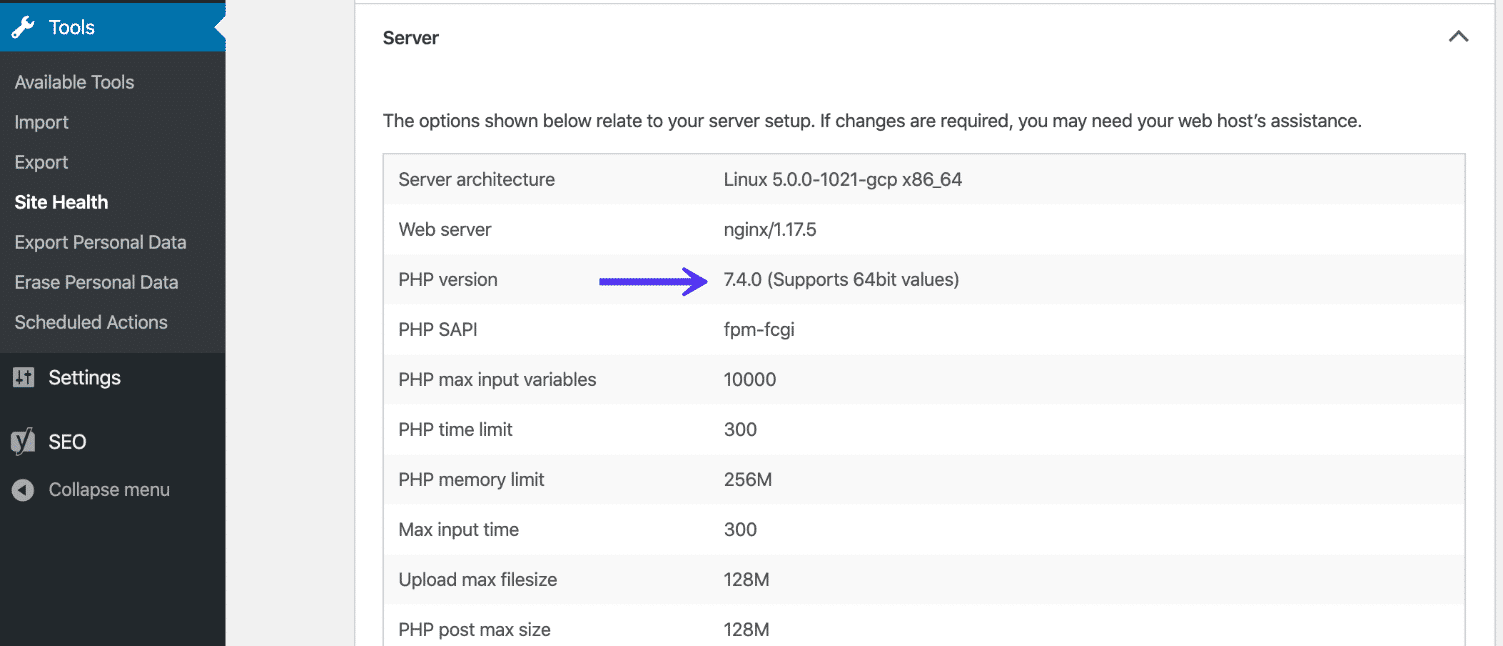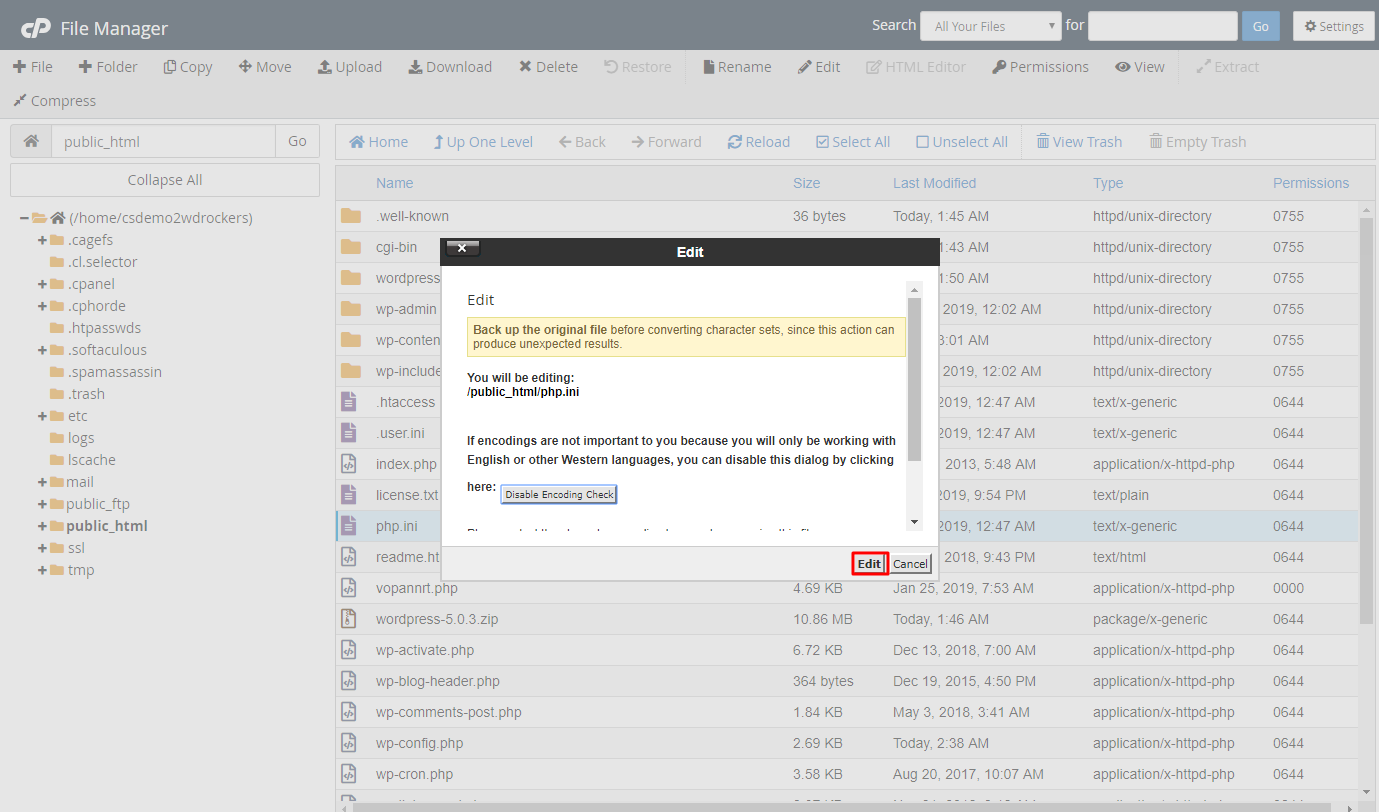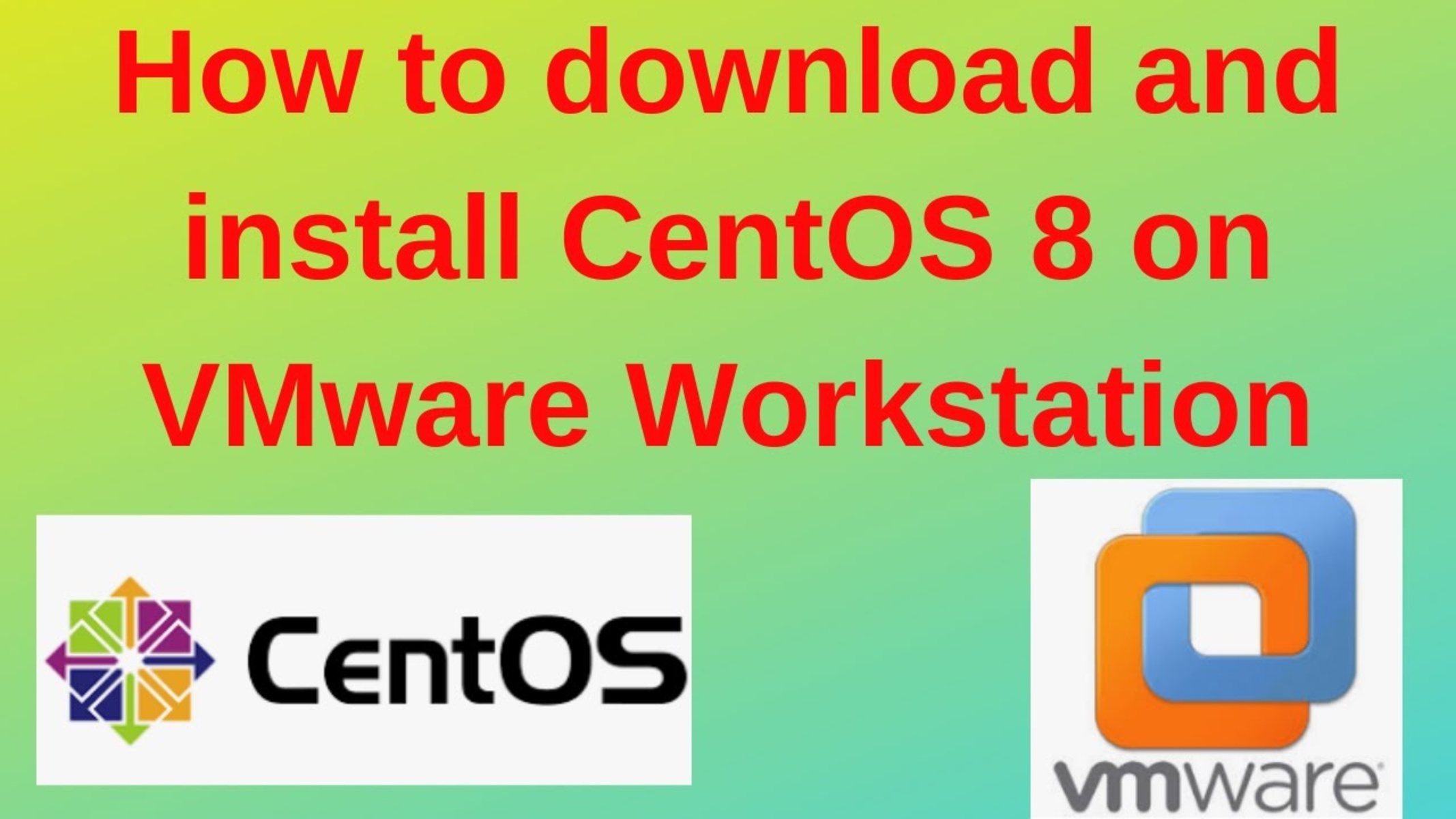Introduction
Welcome to this step-by-step guide on how to install PHP 8.1 on CentOS 7. PHP is a popular server-side scripting language that is widely used for developing dynamic web applications. With the release of PHP 8.1, there are many new features and improvements that developers can take advantage of. If you are a CentOS 7 user and want to upgrade your existing PHP installation to version 8.1, then this tutorial is for you.
Installing PHP 8.1 on CentOS 7 involves a few steps, but it can be done easily by following the instructions provided below. In this guide, we will walk you through the entire process, starting from updating your system to adding the Remi repository, installing PHP 8.1, and verifying the installation.
Before we get started, it’s important to ensure that you meet the prerequisites for installing PHP 8.1. This includes having root access to your CentOS 7 server and a basic understanding of the command line interface.
By the end of this tutorial, you will have PHP 8.1 up and running on your CentOS 7 server, ready to be used for your web development projects. So let’s dive in and begin the installation process!
Prerequisites
Before you begin the installation process, make sure you have the following prerequisites:
- A CentOS 7 server with root access: You will need administrative privileges to install PHP 8.1 and make system-level changes.
- A stable internet connection: To download and install the necessary packages and dependencies, you will need to be connected to the internet.
- Basic knowledge of the command line interface: The installation process involves executing commands in the terminal, so having familiarity with the command line will be helpful.
- Optional: Backup your data: It’s always a good practice to backup your data before making any changes to your system.
If you have all of these prerequisites in place, you’re ready to proceed with the installation process. It’s important to ensure that you have the necessary access and knowledge to avoid any issues during the installation.
Keep in mind that this guide is specific to CentOS 7. If you are using a different operating system or version, the installation process may vary, so make sure to refer to the appropriate documentation for your specific setup.
Now that you have verified that you meet the prerequisites, let’s move on to the next step: updating the system.
Step 1: Update the System
Before we begin the installation of PHP 8.1, it’s important to ensure that your CentOS 7 system is up to date. Updating the system will ensure that you have the latest software packages and security patches.
To update your system, follow these steps:
- Log in to your CentOS 7 server with root privileges using SSH or any other remote access method.
- Open a terminal or SSH session.
- Run the following command to update the package lists and upgrade the installed packages:
sudo yum update
This command will download and install any updates available for your CentOS 7 system. You may be prompted to confirm the installation of new packages or dependencies. Type ‘y’ and press Enter to proceed.
Depending on the number of updates available, this process may take some time. Once the update is complete, you can move on to the next step.
Updating your system is an important step to ensure that you have the latest security patches and bug fixes. It is highly recommended to regularly update your CentOS 7 server to maintain a secure and stable environment.
Now that you have updated your system, let’s move on to the next step: adding the Remi repository.
Step 2: Add the Remi Repository
In order to install PHP 8.1 on CentOS 7, we need to add the Remi repository. The Remi repository provides updated versions of various software packages, including PHP, that are not available in the default CentOS repositories.
Follow these steps to add the Remi repository to your CentOS 7 system:
- Open a terminal or SSH session on your CentOS 7 server.
- Run the following command to download the Remi repository configuration package:
sudo yum install epel-release
This command will install the Extra Packages for Enterprise Linux (EPEL) repository, which is a requirement for the Remi repository.
- Install the Remi repository by running the following command:
sudo yum install http://rpms.remirepo.net/enterprise/remi-release-7.rpm
By executing this command, you will retrieve the Remi repository configuration file and add it to your CentOS system.
- Enable the Remi repository by entering the following command:
sudo yum-config-manager --enable remi
After running this command, the Remi repository will be enabled, allowing you to access and install the PHP 8.1 packages.
Congratulations! You have successfully added the Remi repository to your CentOS 7 system. With the repository in place, we can proceed to the next step: installing PHP 8.1.
Step 3: Install PHP 8.1
Now that we have added the Remi repository, we can proceed with the installation of PHP 8.1 on CentOS 7. By following these steps, you will be able to install PHP 8.1 and its necessary dependencies.
- Open a terminal or SSH session on your CentOS 7 server.
- Run the following command to install PHP 8.1 and its required packages:
sudo yum install php81
This command will download and install PHP 8.1 along with its dependencies. You may be prompted to confirm the installation. Type ‘y’ and press Enter to proceed.
During the installation process, you will see the progress and any additional packages being installed. Once the installation is complete, you will have PHP 8.1 installed on your CentOS 7 system.
After the installation, you can also install additional PHP 8.1 extensions if needed. Use the following command to see a list of available PHP 8.1 extensions:
sudo yum search php81-
From the list of available extensions, you can selectively install the ones you require using the sudo yum install command.
Once you have installed PHP 8.1 and any desired extensions, you can move on to the next and final step: verifying the PHP installation.
Step 4: Verify PHP Installation
After installing PHP 8.1 on your CentOS 7 server, it is essential to verify that the installation was successful and that PHP is functioning correctly. You can do this by following these steps:
- Open a terminal or SSH session on your CentOS 7 server.
- Create a new PHP test file by running the following command:
sudo nano /var/www/html/info.php
This command will open the nano text editor and create a new file named info.php in the /var/www/html directory.
- Within the
info.phpfile, enter the following PHP code:
<?php
phpinfo();
?>
This code simply displays the PHP configuration and information when accessed through a web browser.
- Save the file and exit the text editor by pressing
Ctrl + Xand then confirming the save action.
With the test file created, you can now access it through a web browser to verify the PHP installation:
- Open your preferred web browser and enter your server’s IP address or domain name, followed by
/info.php(e.g.,http://your_domain.info/info.php).
If PHP is installed correctly, you should see a page displaying detailed information about your PHP installation, including the version number, extensions, and configuration settings.
Once you have confirmed that PHP is functioning correctly, it is advisable to remove the info.php file to prevent unauthorized access to sensitive information. To do this, run the following command:
sudo rm /var/www/html/info.php
By completing these steps and verifying the PHP installation, you can be confident that PHP 8.1 is installed correctly on your CentOS 7 system and ready to be used for your web development projects.
Conclusion
Congratulations! You have successfully installed PHP 8.1 on your CentOS 7 server. By following the steps outlined in this guide, you have added the Remi repository, updated your system, and installed PHP 8.1 along with its necessary dependencies.
With PHP 8.1 installed, you now have access to the new features and improvements that come with this version. PHP 8.1 introduces enhancements in performance, error handling, type safety, and many more areas, making it a valuable upgrade for your web development projects.
Remember to regularly update your CentOS 7 server to ensure you have the latest security patches and bug fixes. Additionally, keep an eye on the PHP community for updates, extensions, and best practices to optimize your PHP 8.1 experience.
Now that you have PHP 8.1 installed and verified, you can start developing dynamic web applications and harness the power of PHP’s capabilities. Enjoy exploring the new features and functionalities offered by PHP 8.1!
Thank you for following this tutorial. We hope it has been helpful in assisting you with the installation of PHP 8.1 on your CentOS 7 server. Happy coding!







